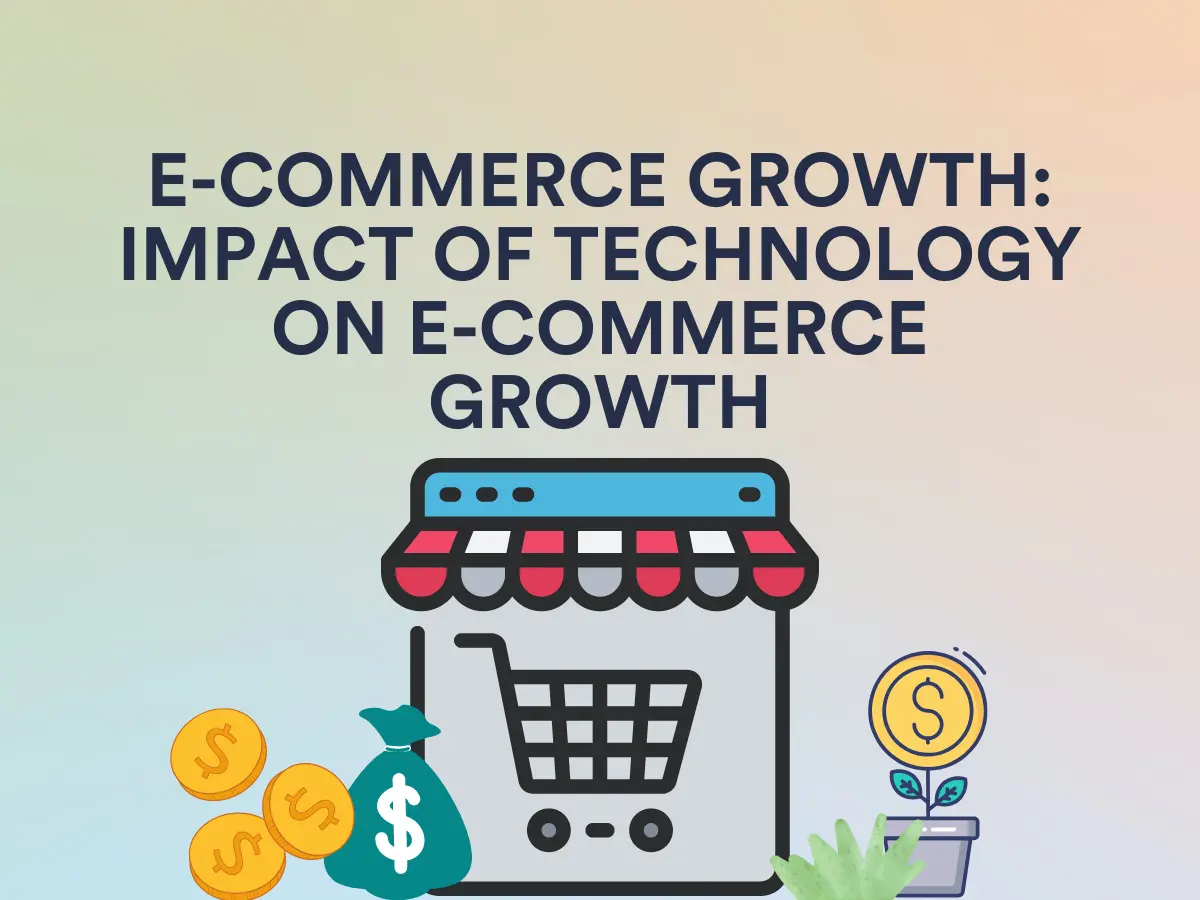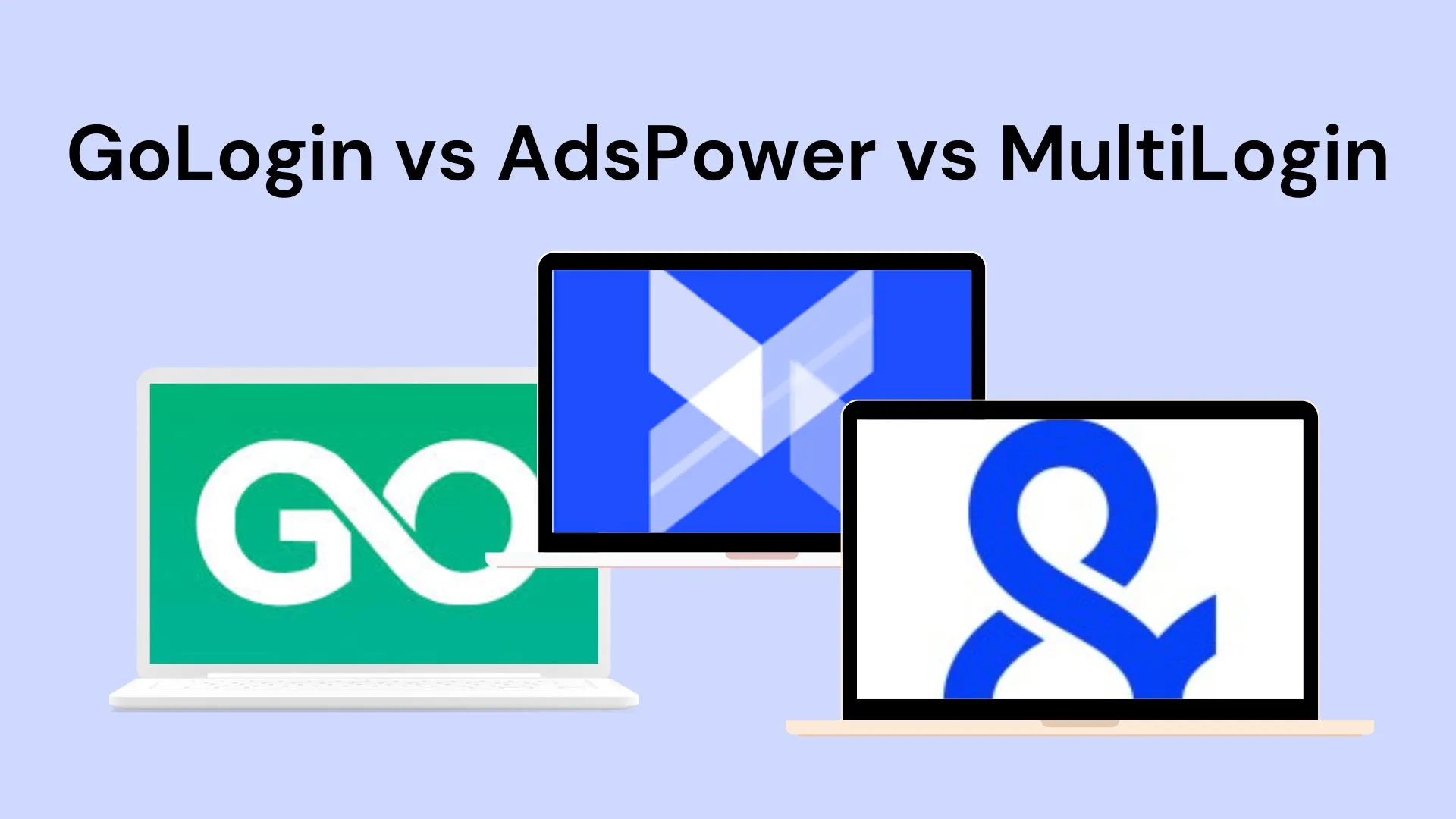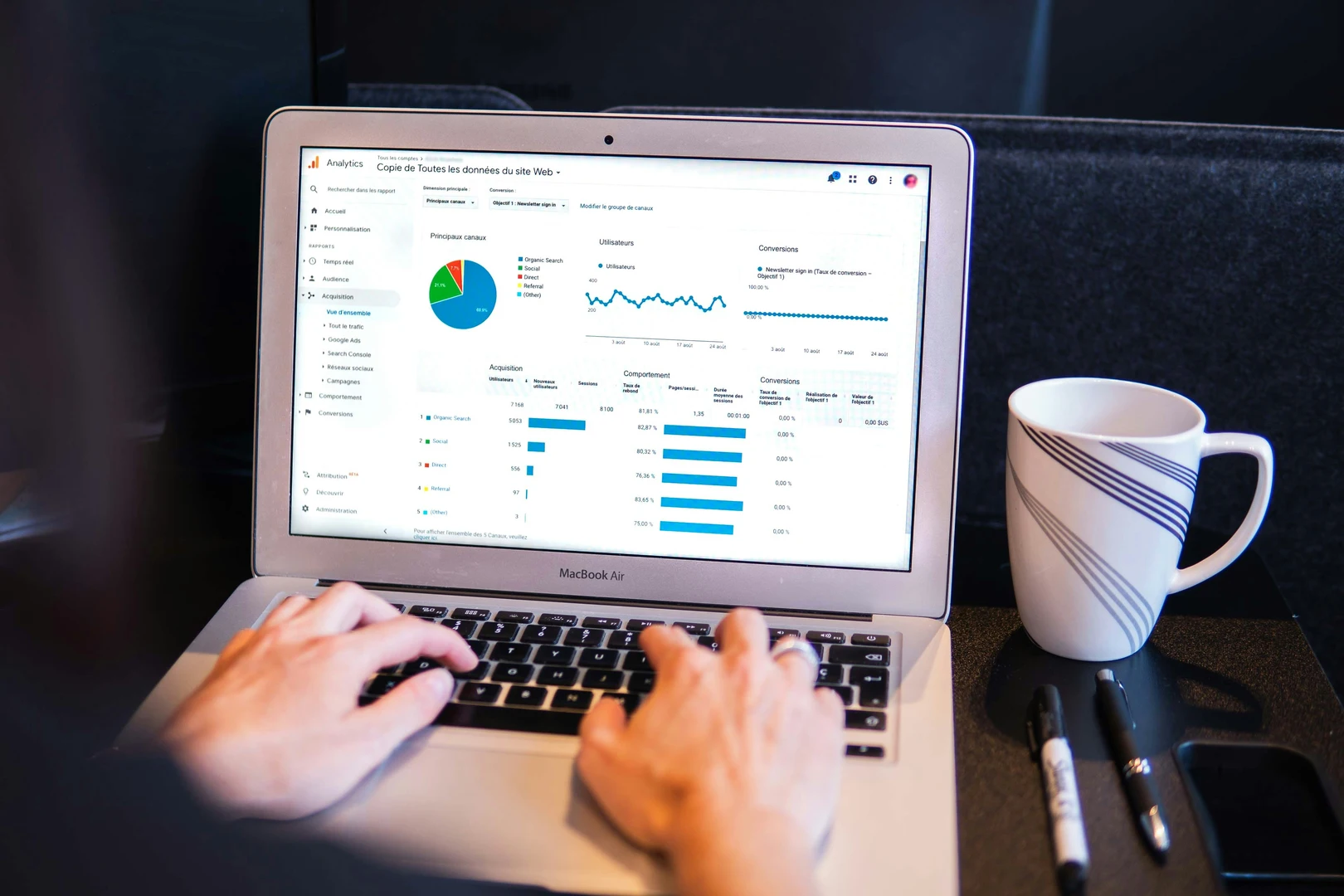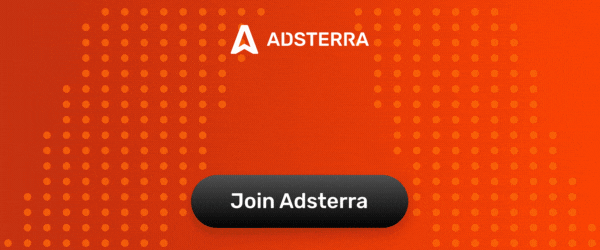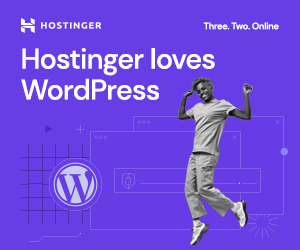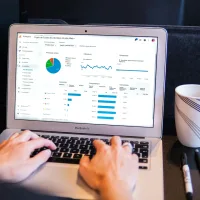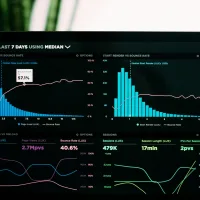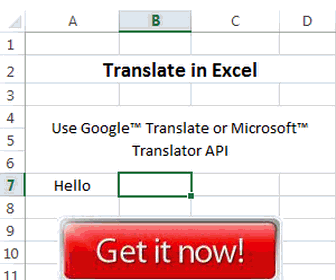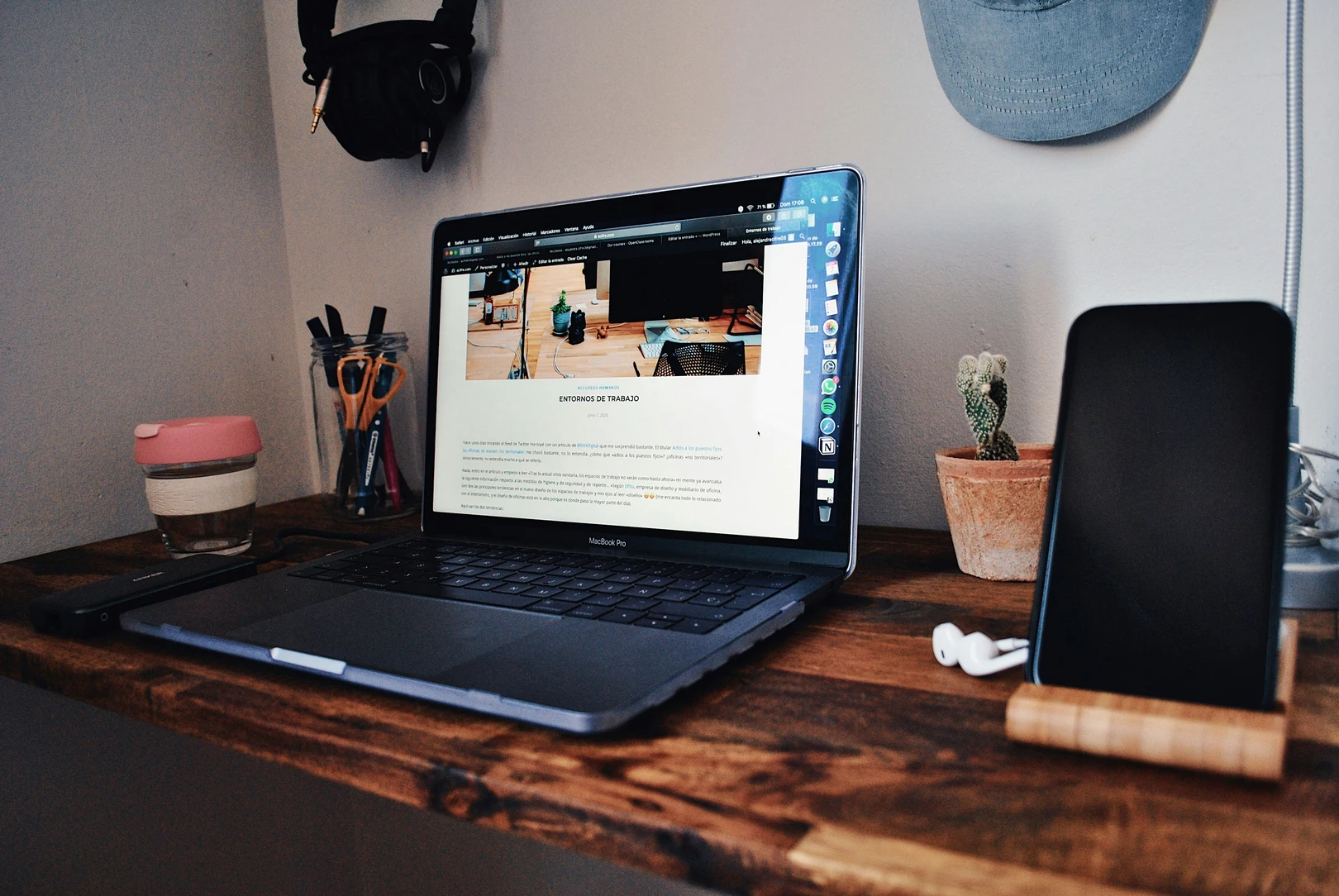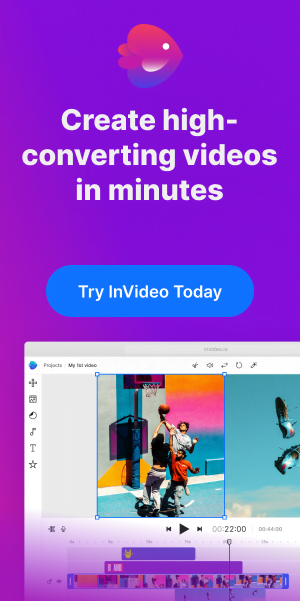Knowing how to design a SaaS product for your business is very important. This is because you’ll need to provide your users with a seamless experience whenever they view your landing page or make use of your software on their device.
Furthermore, a good SaaS product design not only improves user experience but also helps streamline workflows, improve efficiency, and reduce user frustration. This, in turn, leads to higher customer satisfaction and retention rates.
In this article, I’ll explain what a SaaS product design is. Then, I’ll tell you the benefits of SaaS product design and give ten practical steps for designing a SaaS product.
What Is SaaS Product Design?
A SaaS product design is the process of shaping user experience by creating an intuitive and user-friendly interface. In addition, it involves designing an interface that meets the needs of users, is easy to navigate, and is also appealing.
Designing a SaaS product is the core of SaaS product development. This is because it directly impacts how users feel when using the product.
Benefits Of Designing A SaaS Product
Aside from providing users with a good experience while using your product, a good SaaS design also offers various benefits, such as:
1. It increases Customer Retention and Acquisition
One major key to retaining customers is by giving the user a good experience while using your product. According to edume, 65% of customers are more likely to keep patronizing a brand with a good user experience rather than a good advertisement.
This statistic just shows how important providing users with a good experience is. Additionally, a good SaaS product design helps build customer trust.
2. It Hastens The SaaS Product Development Process
Having a good design for your SaaS product can help speed up its development process. In other words, a good design provides a clear visual guideline on how the product should be.
For example, before a fashion designer sews a dress, they always put down their idea in a book. This picture automatically acts as a guide while the sewing is done.
Comparing this process to that of a SaaS design, the fashion designer’s picture is the SaaS product design, and the development process is the sewing process.
With a good design, there’s a clear direction on how the product should be built, and it’s almost impossible to get confused during the process.
3. Increases Security
You’re probably wondering why this is considered a benefit; well, here’s the story. A well-thought-out design always has some security measures put in place to protect users’ data from potential threats.
Designing a SaaS product isn’t just about making the product integrate access controls, encryptions, and authentication to safeguard user data.
How To Design A SaaS Product
Before you design your SaaS product, it’s best you conduct research to find out what appeals more to your audience. This will give you a clear idea of how to carry out the steps mentioned below.
1. Build An Intuitive User Interface
Your product’s UI is the first thing users see immediately when they click on your site’s link. So, when designing your SaaS product, every detail, including the layouts, app icons, buttons, and workflow, should be carefully designed.
A good user interface boosts confidence and it’s the key to customer retention. However, you can only say your UI is the best when it reduces the learning curve and users can easily find their way around the product.
2. Simplify Sign Up Process
Imagine visiting a website for the first time and you’re being asked a ton of questions. Wouldn’t that be a turn off?
For anyone who decides to visit your site and sign up, it simply means that the person has chosen to make use of your product, amongst others.
So, rather than scare them off with tons of questions, make the sign-up process easy. However, if your product requires detailed information from users in order to help them properly, we advise that you include a drop-down menu.
This will eliminate the stress the user will have to go through to type an answer for each question being asked. On the other hand, you can choose to design your sign-up process this way:
- Ask for basic information first, then ask for more detailed information as the process goes on
- Request for just the user’s email address, name, and organization. This way, the user doesn’t have to spend time signing up
- Eliminate all kinds of unnecessary steps e.g. requesting too much information upfront and a series of password confirmations.
Just get the user to see your user interface quickly
3. Build An Engaging Dashboard
After users sign up, they will see your dashboard. A dashboard is where interaction and data visualization is being done. So, when designing your dashboard, ensure to use strategic colors, intuitive layouts, and clear charts.
Never make your dashboard boring because you feel it’s just to convey information. A good dashboard makes the user confident and encourages them to keep exploring your product. Do well to keep users fascinated!
Lastly, you can make your dashboard valuable by:
- Exhibiting key user metrics indicating both success and failure, along with the return on investment (ROI)
- Creating a personalized user experience
- Design a dashboard to match each user’s specific profile
4. Personalization
Allowing your users to personalize the product’s UI makes them feel seen and special. With a personalization feature, they can decide how they want the product’s color and theme to look.
You can also give them the access to turn on and off any feature they do not need. These options can depend on the pricing options available.
Additionally, you can carefully analyze users and collect their data to create content and features that they like. Doing this will give them some sense of ownership and liking for your product.
5. Make Onboarding Experience Seamless
This is the stage where you get to hold the user by hand and show them all the benefits your SaaS product offers. When designing your SaaS product, keep it simple so that users can easily find what they need.
The onboarding stage for various SaaS products varies. For instance, a SaaS product that helps users manage tasks, track metrics, and analyze marketing strategies will need to take more measures to educate users on how their product works.
You can make use of tutorials, tips, and interesting tasks to show users your product’s benefit and how they can use it to their advantage.
6. Add A Clear CTAs Button
When users sign up for your product, you need to guide them through the next step. After signing up, what should they do next? Should they watch a tutorial to understand the product’s functionality, or should they make a purchase?
One outstanding benefit of including CTA buttons in your product is that they help users complete their tasks and reach their goals quickly. Never leave your customer alone to think of the next action to take.
When designing your call-to-action, use strategic words to increase retention and conversion rates.
Additionally, key actions that need to be taken, e.g., purchasing the professional plan at a discounted rate, should be specially designed to help them stand out.
7. Integrate AI-chatbots
If you’d love to provide your customers with exceptional customer service that runs 24/7, it’s best if you make use of a chatbot. Colorlib records that 58% of B2B businesses make use of chatbots to capture leads.
Additionally, 62% of customers prefer talking to a chatbot rather than waiting for a live agent. Now, we aren’t advising you not to have a live agent. Having both makes the work easier.
Integrating AI chatbots into your product makes it easy for users to find answers to their questions. It also helps to handle repetitive tasks that you consider time-consuming.
Consider feeding in preset FAQs and their answers, as well as answering various queries, into the chatbot to help it solve users’ problems quickly.
8. Choose The Right Colors And Themes
Choosing the right colors can either make or mar your site. So, it’s important to know how to combine the right colors when designing your SaaS product.
It is important to note that you can’t please everyone with your color choice. For this reason, you’ll have to grant users the ability to customize the SaaS product in terms of color and theme.
Lastly, don’t forget to add the dark theme option to your product as it has become popular in recent times. However, endeavor to use color palettes sparingly and stay with the platform’s brand.
9. Add Client Support
It’s good that you integrate a chatbot into your product, but what happens when the bot can’t answer certain questions? This is exactly where client support comes in.
For this section, you can include FAQs, an about us section along with contact details, and pictures of professionals working on the product. This will help the user learn more about the company.
In addition, you can add an email address or social media handles where users can reach out to the company in case of any difficulties. Doing all this makes it easy to get feedback from users and improve your product.
10. Improve Your Design Continuously
Designing a SaaS product never ends. There’s always a need to make adjustments especially as your customer base keeps growing. You’ll need to introduce more user-centered features in order to improve users’ experience.
Most importantly, conduct surveys and interviews to learn how your audience feels about your product. Also, allow your audience to make suggestions.
From their feedback, you can have an idea of the changes to make that are in line with the market trends.
How To Build A SaaS Product
Now that you have an idea of how you can design a SaaS product, it’s time to build. Building a SaaS product requires that you follow some practical steps.
Some of these steps include:
1. Validate Your B2B SaaS Product Idea
Validating your SaaS product idea is the first step always to consider when learning how to build a SaaS product. Doing this will prevent you from spending your money and time on a product that no one will try out.
There are some steps to consider when validating your product idea. These steps are:
- Conduct A Market Research
Conducting market research will help you know if your product is in demand and solves a real problem. It will also help you identify your competitors and current SaaS product development trends you can jump on.
Lastly, carrying out market research will give you insight into the areas in the SaaS market that your product can help with.
- Identify Your Target Audience
With various SaaS products available on the market, not all are widely accepted by users. So, when building your SaaS product, it’s important that you find out who your product is best for.
For you to properly identify your target audience, you’ll have to
- Find out who your product serves
- Their pain point
- Needs and preferences
You can conduct surveys and interviews to find out if your product provides solutions to their problems.
2. Plan your SaaS Product Feature
When it comes to building a SaaS product for your business, it is important that you carry out a competitive analysis. This will help you know the features customers want in a SaaS product.
Once the features or functionalities are known, you can implement them in your product. In order to identify the features that are needed, you’ll have to do the following:
- Identify customers needs
- Identify your business goals
- List the features you’d like to implement
- Brainstorm the feature ideas
- Prioritize your ideas
Additionally, certain functionalities are common for most SaaS products. However, these features depend on the type of SaaS product.
To this end, we’ll list some common features that most SaaS products have.
- Customer support(chatbot, knowledge base, etc)
- Data security(password, access controls)
- Good user interface
3. Write a SaaS Product Business Plan
After you’ve decided on how your product should be, you’ll have to write a good SaaS product business plan.
This will help you make informed decisions, communicate your ideas to your team and stakeholders, and secure funding from investors.
4. Choose A B2B SaaS Monetization Model
In this section, we’ll be looking at how to build a SasS product that can help generate revenue and also keep you ahead of your competitors. You’ll have to determine how you want to price your SaaS product.
When doing this, you’ll have to endeavor that you’re offering value to your customers, as this will make them willing to pay for your services.
5. Select The Right Technology Stack
There are various technologies that can be used for SaaS product development. However, it is important that you choose the right technology for your idea.
This is one important aspect when you’re thinking of how to build a SaaS product. Below are some technologies used in building SaaS products:
- Hosting Technology: This includes Azure, Amazon Web Services, Digital Ocean, Heroku, and so on
- Database: For example, MySQL, Redis, and PostgreSQL
- Back-end Technology: This includes programming languages, frameworks, and libraries to build the SaaS product server.
You can use languages like Node.js, Ruby on Rails, or Django to build your product
- Front-end Technology: The front-end consists of web page elements like menus, buttons, graphics, links, and others. Technologies like Angular.js, Vue.js, and React.js can be used.
6. Build Your Saas Product Development Team
If you aren’t tech-savvy, building a SaaS product on your own will be a very difficult task. To save yourself the stress, you can hire some professionals to help out.
7. Develop A SaaS Product Roadmap
Having a product roadmap is very crucial once you’ve understood your vision, goals, and product features. It will guide you on how to build a SaaS product effectively in accordance with your goals and visions.
When writing your SaaS product roadmap, you’ll have to include:
- Specific milestones
- Key phases
- Timeframes for each milestone to be accomplished
- Plan beyond your MVP, i.e., you’ll include features that require enhancement and will be added before each release
What’s Next?
Now that you have an idea of how to design a SaaS product, it’s time to gather your design team and get to work.
During this process, it’s important that you always prioritize your target audience. Ensure to find out what they’d like their ideal SaaS product to look like and incorporate it into your design.
Furthermore, designing a SaaS product can be a bit overwhelming, from the UI/UX design and AI chatbot integration to choosing the right colors and product personalization, a lot of brain work is needed.
To make things easier for your team, a roadmap should be created. This will provide a clear direction on what needs to be done at each stage.
Once you’re done designing your SaaS product, the next stage is to launch your SaaS product. Doing this can be a daunting task, so we’ve written an article that can help you: How to launch a SaaS product successfully


